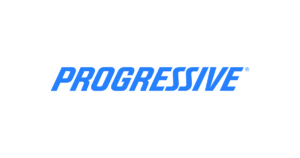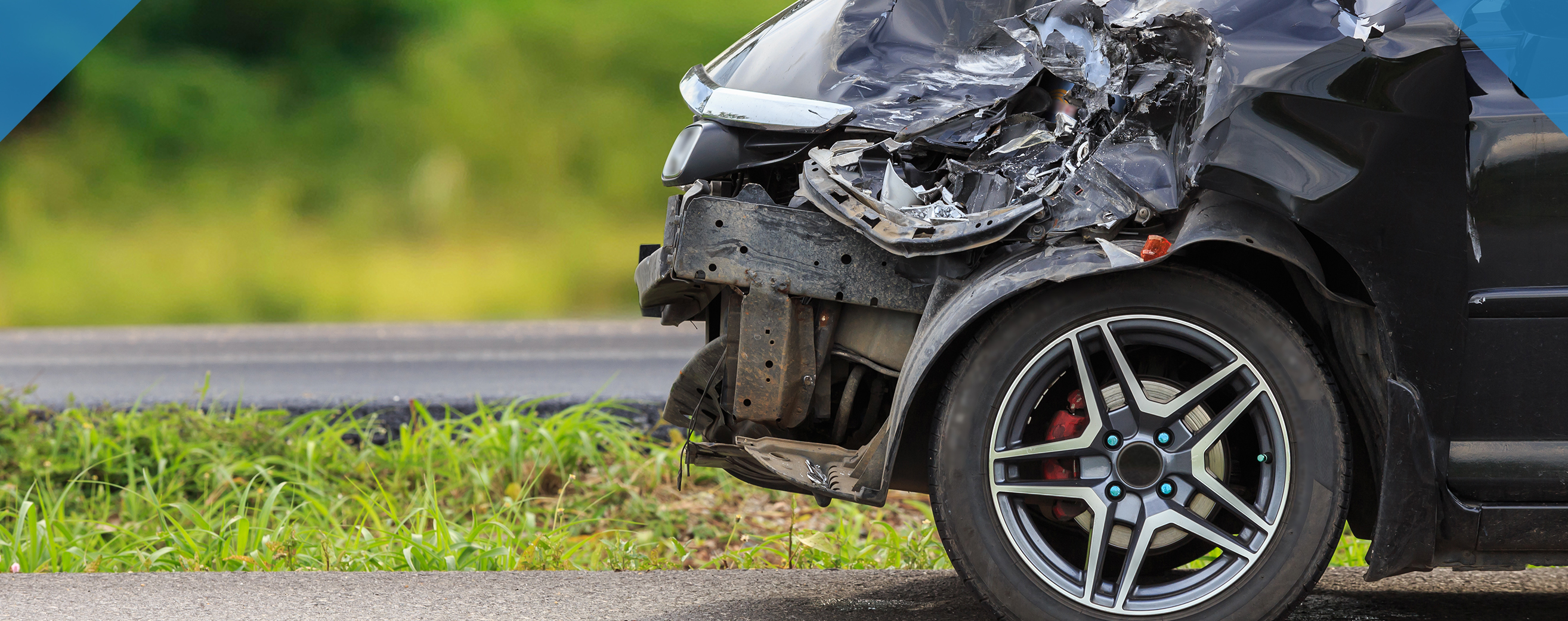Car insurance is a requirement if you own a car. But, there’s no reason to pay more than you have to for it.
The average cost of car insurance is around $1,426 per year. That breaks down to $118.63 per month. Of course, these costs will vary based on your personal circumstances, and especially your location.
We all want to get more out of our insurance while paying less.
In order to be able to make some adjustments that’ll help you save in the long run, you need to know how car insurance works and what’s covered under your policy. This will help you to choose the right option for you.
We’ll go over all of this and give you the best options for cheap car insurance.
We’ll cover:
- Why Do I Need Car Insurance?
- Car Insurance Coverage Options
- Who Is Covered Under My Car Insurance Policy?
- How Do I Get Car Insurance?
- Cheap Car Insurance: Top 4 Options
Why Do I Need Car Insurance?
Car insurance is nothing more than an agreement between you and the insurance provider of your choice. This agreement provides financial protection for you in case of physical damage or bodily injury resulting from an accident.
So, if you were to get in an accident, having car insurance prevents you from having to pay for repairs, medical bills, and replacement costs out of pocket. You’ll only be required to pay the agreed upon premium to your insurance provider.

That’s why it’s so important to understand the coverage you have with your policy.
When you choose an insurance provider and pick a policy, you’ll know exactly what type of coverage you have. So, there will be no question of what and how much the insurance company is responsible for.
Car Insurance Coverage Options
Knowing the different types of coverage options out there will help you to determine which ones are appropriate for you and your situation. Here are the most popular coverage options, and how they work.
Liability Coverage
In order to legally drive a car in the U.S., you are required to have liability coverage. In case of an accident, liability coverage will help to cover injury and property damage.
Collision Insurance
Collision insurance covers damages to your car after an accident with another vehicle. It may also help to cover the cost to repair or replace a car that is under the policy.
Comprehensive Insurance
Comprehensive insurance provides an extra level of coverage that helps to repair or replace your vehicle in the event that it’s damaged due to anything other than a collision. These events include theft, fire, and vandalism.
You’re even covered if you accidentally hit an animal!
Uninsured Motorist Insurance
Uninsured motorist insurance protects you and your car in situations where an uninsured driver hits you, or you’re the victim of a hit and run accident.
If you’re hit by an uninsured driver, you’ll have the option to sue them to recoup your losses. However, the other person might not always have the money to pay. In cases like these, uninsured motorist insurance would cover the costs. Just the same, if you are injured by an uninsured driver, your medical bills will be covered.
Most states require that insurance providers offer uninsured motorist coverage, but they are not required to tell you how high risk of a state you’re in. Do your research and make sure your uninsured motorist insurance has the same limits as your liability coverage.
Underinsured Motorist Insurance
Underinsured motorist insurance protects you in the event of an accident with an at-fault driver whose insurance is not enough to cover the cost of the damages. If the other driver has opted for minimum liability coverage, it won’t cover much. So, this is your way to protect yourself in that situation.
Medical Payment Coverage
Medical payment coverage will ensure that your medical expenses are covered after an accident, regardless of who is at fault. You might be quick to disregard this type of coverage as extra, but don’t forget how expensive medical costs can be!
Personal Injury Protection Insurance
Personal injury protection insurance will cover certain medical expenses and your loss of income resulting from an accident covered by your policy. Every policy will have a different limit, but personal injury protection could cover as much as 80% of costs, medical and otherwise.
GAP Insurance
If you were to get in an accident in a car that is still being financed, you might not get an amount sufficient enough to cover the cost of the loan you have. GAP insurance will help to cover the balanced owed on the car loan after a total loss or theft.
Towing and Labor Insurance
Towing and labor insurance is available to those with comprehensive car insurance. This will provide reimbursement to you for towing services and the labor costs associated with repairing your vehicle.
Rental Reimbursement Insurance
If your car is not drive able after an accident, rental reimbursement insurance will help cover the cost of a rental car.
Classic Car Insurance
This type of insurance provides specialized coverage designed for vintage and classic car collectors.
As you can see, there’s a lot of options when it comes to picking out your car insurance policy. You’ll want to carefully consider your options and which ones are appropriate for you and your needs.
Once you have decided upon a policy and the coverage you’ll need, you’ll have to decide who will be covered under your policy.
Establishing a budget and sticking to it isn’t easy, but it’s the best way to be in control of your finances! 💪
If you want to save yourself the time, download our simple budget template. https://t.co/1ZEMviS5o7#budget #FridayFeeling pic.twitter.com/xSlDlGRbkI
— Get Out of Debt (@getoutofdebtcom) November 30, 2018
Who Is Covered Under My Car Insurance Policy?
Anyone listed on your policy is covered under your car insurance.
It’s important to add someone to your policy if you live with them and they’ll be driving your car often. So, it’s common for spouses who live together to be on the same car insurance policy. This way, they both will be covered no matter who is driving the vehicle.
What if I lend my car to a friend?
But, what about when you lend your car to a friend for the day? Are they covered under your policy?
Let’s say that your brother in law has come into town and has borrowed your car. On the way to a friend’s house, he gets into an accident, and the car ends up being wrecked.
Your insurance will cover your vehicle and the random driver, even if they are not on the policy. So, both your brother in law and the vehicle will be covered.
What if I lend my car to a roommate?
But…now your brother in law has come across some financial trouble and you decide to offer to let him move into your house. While living with you, he borrows your car and gets into an accident.
You’d think he’d be covered like he was when you just lent him the car for the day, right?
Well, he’s actually not covered anymore.
The possibility of you lending your car to someone for the day are minimal compared to the chance that someone you live with will be using the vehicle on a more frequent basis. The more you lend your car, the higher the possibility for something to happen.

They know the probability of you lending your car to a roommate is high, and they do not want to cover a potentially unsafe driver.
That’s why it’s important to add anyone who is living with you to your policy. If they were to borrow your car and something were to happen, you don’t want to be held financially responsible for the damages.
Manage your #finances better with these 15 apps & tools that will help you stay debt-free. https://t.co/IcdoefmrX5#money #debt #loan #moneymatters #moneymoves pic.twitter.com/b4QX3IIeAw
— Get Out of Debt (@getoutofdebtcom) May 3, 2018
How Do I Get Car Insurance?
The first thing you need to do?
Get a quote – Get an estimate of what your premium will be based on your coverage needs.
What is the insurance provider going to need from you?
- Personal information (Name, address, phone number, social security, drivers license number)
- Your driving history (They will pull a record)
- Make and year of your car (make, model and year of vehicle)
- Coverage needs

Select your coverage – Every state has its own laws regarding the required coverage amount when it comes to car insurance. However, liability insurance is mandatory for any U.S. drivers. Check your state laws and consider the amount of coverage you need.
Insurance policies are typically issued for 6 months – 1 year.
Your insurance company will send you a notice letting you know when it’s time to renew your policy and pay your premium to avoid coverage interruption.
Choose your deductible – Your deductible is the amount you’re required to pay out of pocket when an accident occurs. Once your deductible is met, your insurance will kick in. Deductibles can vary between $50 to $1,000.
The higher your deductible, the lower your monthly payment will be. And of course, if you choose a lower deductible, you’ll have a higher monthly premium.
Let’s say that you have chosen a $250 deductible and you are then involved in an accident. The damages to your vehicle are estimated at $1,000. You’ll need to pay the $250 deductible upfront in order for your insurance to take effect and cover the remaining $750.
In the event of an accident, file a claim with your insurance provider as soon as possible. Once you do this, they will be able to gather all of the necessary information and determine if your accident is covered under your policy.
Cheap Car Insurance: Top 4 Options
Erie

Average Annual Rate: $1,052
Top Program: Rate Lock Program
The rate lock program ensures that customers will not see their rates rise, except for the following three reasons:
- You move to a different area
- Add or remove someone from your policy
- Add or subtract a car
Additional Coverage Provided:
- Pet coverage
- Free accident forgiveness
- Free vanishing deductibles
- Roadside assistance
Top Discounts:
- Bundling
- Anti-lock brakes
- Anti-theft
- Young driver
- Senior driver
Downsides: Erie only operates in 11 states: Illinois, Indiana, Maryland, New York, North Carolina, Ohio, Pennsylvania, Tennessee, Virginia, West Virginia, and Wisconsin. So if you don’t live in one of these states, you’ll have to look into other options.
To Get Started: If you’d like to get a quote from Erie, you can start the application online. However, you’ll need to complete the process over the phone with a representative.
Progressive

Average Annual Rate: $1,241
Top Program: Snapshot Program
The Snapshot program offers users a discount on their rate after using a small device for 6 months.
Here’s how it works:
- Receive your snapshot in the mail
- Plug your snapshot device into your car
- Drive your car (the following will be taken in consideration)
- Number of hard brakes per 100 miles
- Total number of Miles driven
- Total high risk driving time
- Receive a new rate from progressive (after 6 months of use)
Downsides: Rates tend to increase by 29% after an at fault accident.
To Get Started: You can get a quote straight from the website, without needing to talk with an agent.
Geico

Average Annual Rate: $1,067
On average, Geico beats the state’s average rate by 28%.
Top Discounts For:
- Air Bag
- Anti-Lock Brake System
- Anti-Theft System
- Daytime Running Lights
Rate Calculated Based On:
- Driving Experience
- Driving Record
- Location
- Safety Elements of Your Car
Geico offers a substantial savings for New York & Utah residents which makes their rates close to 50% better than other companies.
State Farm

Average Annual Rate: $1,372
Additional Coverage Options:
- Collision Coverage
- Comprehensive Coverage
- Liability Coverage
- Car Rental And Travel Expenses Coverage
- Uninsured Motor Vehicle Coverage
- Underinsured Motor Vehicle Coverage
- Medical Payments Coverage
- Emergency Road Service Coverage
- Rideshare Insurance
Top Discounts:
- Accident Free Discount
- Defensive Driving Course Discount
- Student Away at School Discount
- Good Driving Discount
- Diver Training Discount
- Good Student Discount
- Vehicle Safety Discount
- Passive Restraint Discount
- Anti Theft Discount
- Multiple Auto Discount
- Multiple Line Discount
State Farm is the largest insurance company in the U.S. and they’ve been around since 1922. So, you know that you are in good hands.
Speak Visually. Create an infographic with Visme
Conclusion
Car insurance is a necessity if you own a vehicle. But, why pay more for it if you don’t have to?
Most insurance providers will give you a free quote with no obligation to purchase. So, take them up on their offer and get yourself a quote for cheap car insurance.
Don’t forget to check out your different options when it comes to the amount and type of coverage you’d like. This will play a big role in determining your rate.
Do you think you’re overpaying for car insurance? Let us know in the comments!


Leave a Reply